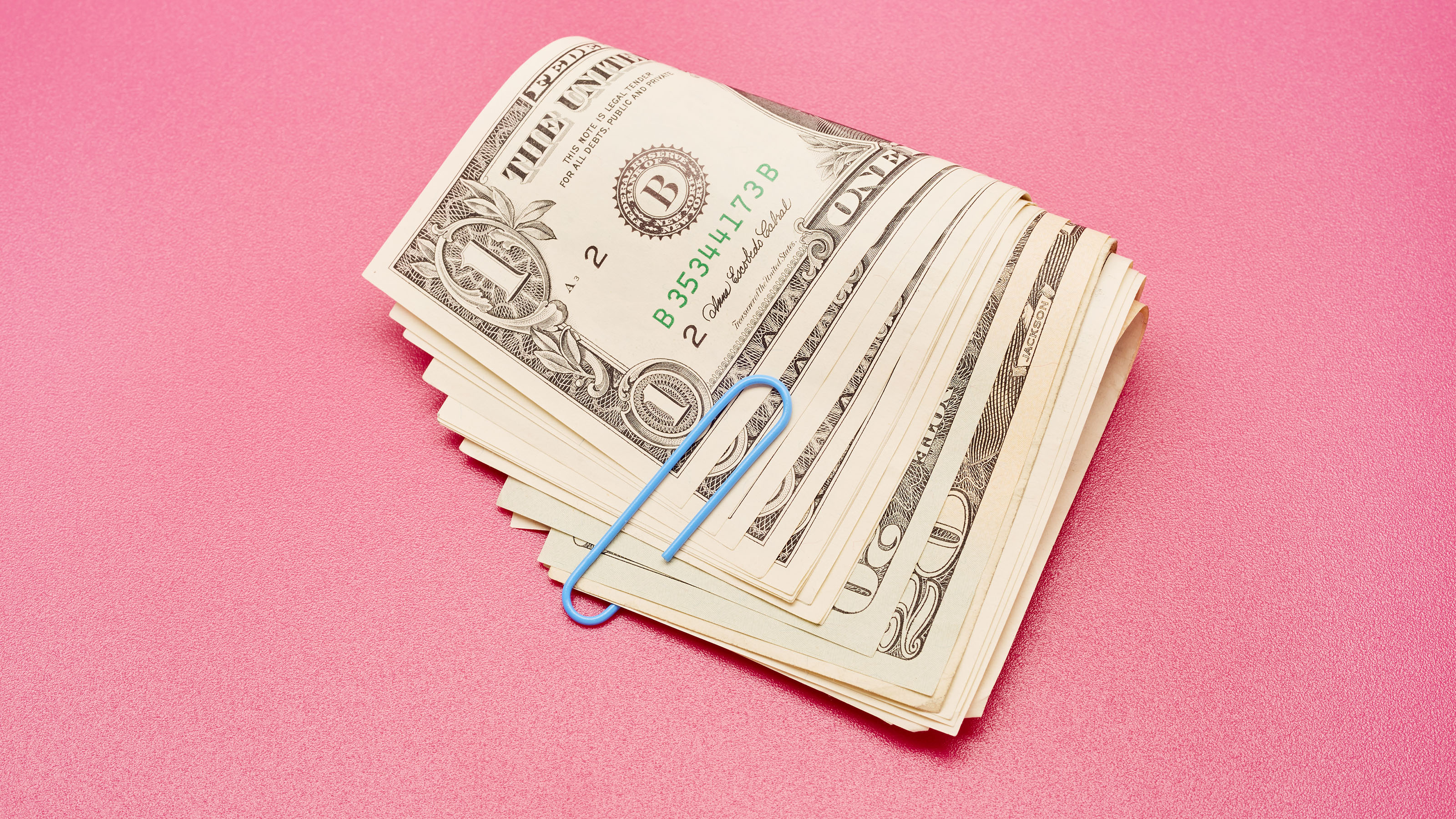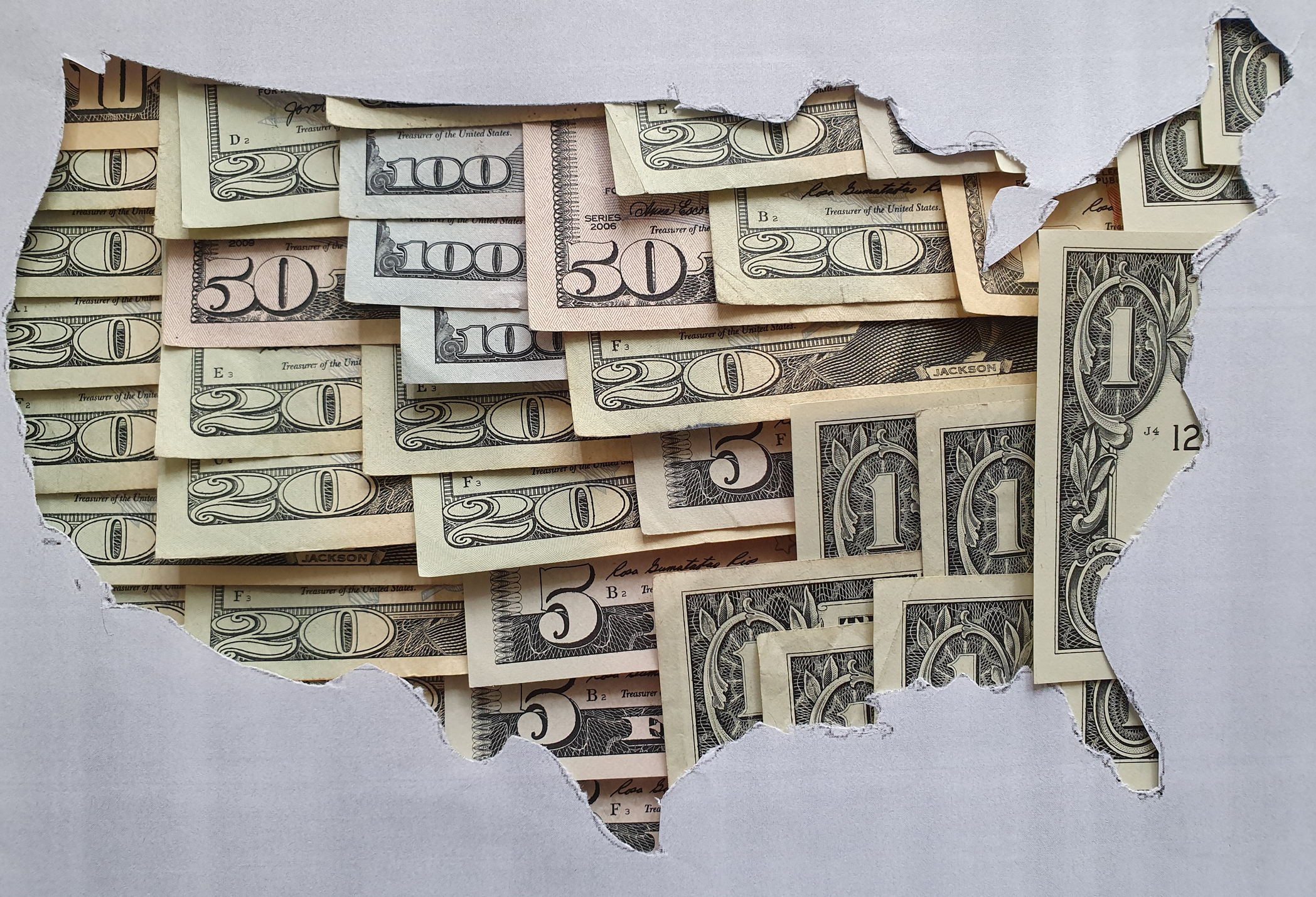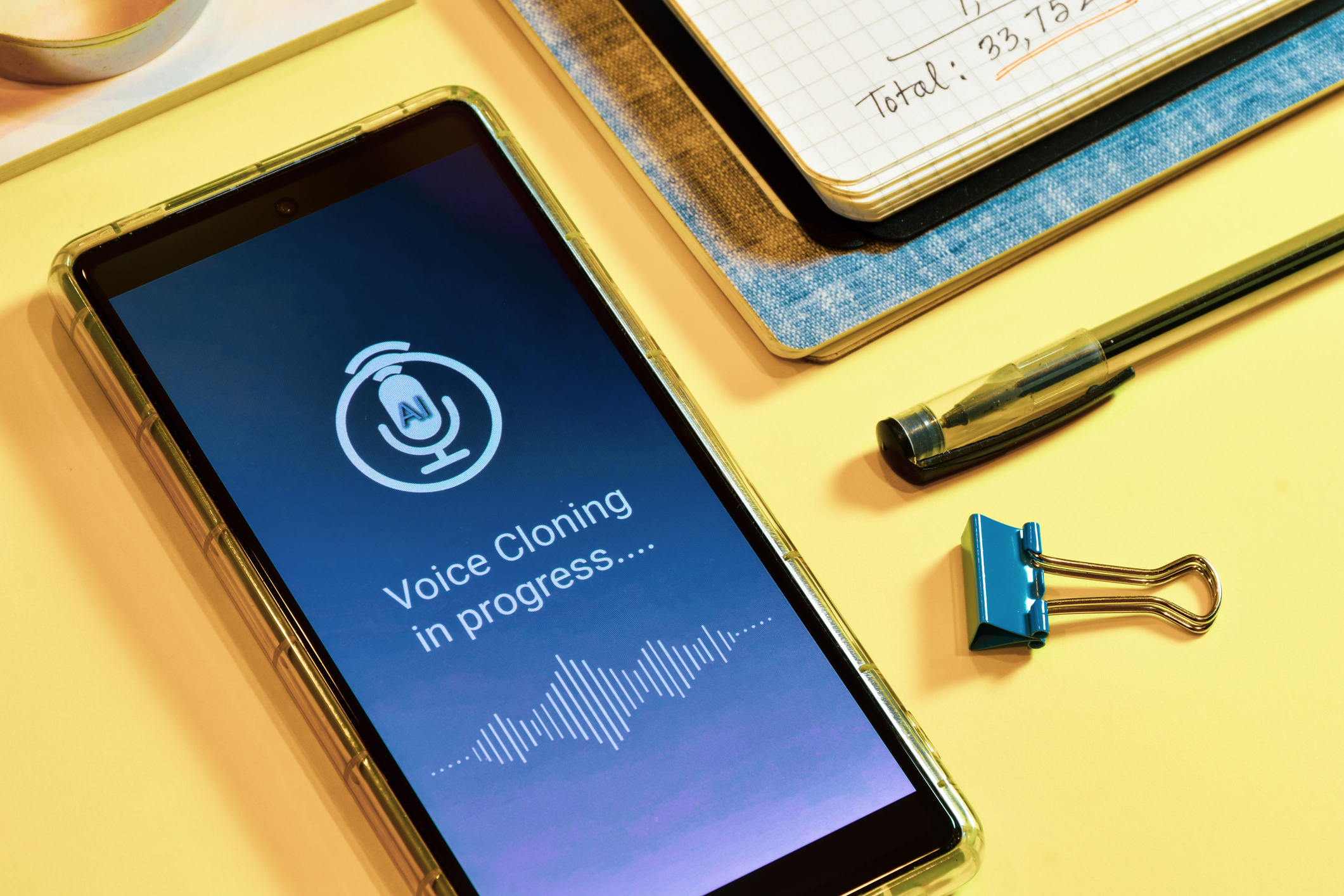CVS Will Pay “Pink Tax” and Drop Prices on Period Products
CVS is taking a stand against the pink tax, tampon tax, and period poverty in twelve states where tampons and other menstrual products are more expensive.


Core CVS Pharmacy locations will pay the so-called “pink tax” on CVS Health brand period products for its customers. The policy is part of the company’s effort to help eliminate the pink tax and the tampon tax nationwide and help combat period poverty. The pharmacy chain will also reduce the price of CVS branded period products by 25%, according to an announcement on the company’s website.
CVS and the Pink Tax
When possible, the states where CVS says it will pay customers’ sales tax on some period products and feminine hygiene products include Arkansas, Georgia, Hawaii, Louisiana, Missouri, South Carolina, Tennessee, Texas, Utah, Virginia, Wisconsin, and West Virginia.
What does this mean for you? If you purchase CVS Health brand period products including tampons, pads, cups, and liners in one of those twelve states, you won’t have to pay sales tax on them. Also, the price of those menstrual and feminine products at core CVS pharmacy locations will be lower than what you’ve seen recently.

Sign up for Kiplinger’s Free E-Newsletters
Profit and prosper with the best of expert advice on investing, taxes, retirement, personal finance and more - straight to your e-mail.
Profit and prosper with the best of expert advice - straight to your e-mail.
What is the Pink Tax?
The pink tax generally refers to state sales tax on menstrual products, like tampons, and feminine pads. These feminine hygiene products are necessities for many women, but many states tax feminine products as luxury items, while exempting from sales tax other necessities, like groceries and medicine.
And, because men typically don’t pay the same high prices for their personal care items (and feminine hygiene products are designed for women), the added cost on feminine products has been dubbed “the pink tax.” Why pink? Well, pink is the color that is often used by manufacturers to market and brand products that are designed for women.
Over the years, advocacy organizations have pointed to other instances of the pink tax, for example, higher dry-cleaning costs for women’s clothing. Another example is the higher cost and often smaller sizes of products like women’s razors, shampoo, and deodorant, relative to the cost and size of personal hygiene products designed for men.
What is the Tampon Tax? You may also have heard the term “tampon tax.” The tampon tax also refers to the sales tax on the already high price of tampons. Like other period products, tampons are frequently taxed as luxury goods, even though millions of menstruating women consider tampons to be necessities.
The cost of tampons (and other feminine hygiene products), plus applicable state sales tax, which can be higher than 9% when combined with local taxes in some states, put the products out of reach for many women and girls. Additionally, due to inflation and supply shortages, the costs of a box of tampons reportedly increased nearly 10% this year. The cost of a package of menstrual pads also went up by a little over 8%, according to a NielsenIQ analysis.
Period Poverty: What is it?
The high and rising costs of period products has led to an epidemic of “period poverty”—where an estimated one in four women and girls cannot afford menstrual products.
That lack of access to essential feminine hygiene products during menstruation often means that girls and women miss school and work or cannot participate fully in other important activities. Period poverty affects millions of women and studies show that struggling to pay for menstrual products, or not having those products, can damage social, emotional, and menstrual health.
How Many States Have Tampon Tax?
The Alliance for Period Supplies reports that twenty-two states currently charge sales tax on feminine products. Five other states (i.e., Alaska, Delaware, Montana, New Hampshire, and Oregon) have no sales tax at all. Twenty-three other states, and the District of Columbia, don't charge sales tax on period products.
Also, this year, while women’s rights have been in the spotlight, legislatures in Colorado, Iowa, Nebraska, and Virginia voted to eliminate taxes on menstrual products or to reduce the sales tax on those products.
Colorado and Iowa’s laws went into effect earlier this year. The new laws that effectively eliminate the sales tax on menstrual products in Nebraska and Virginia, go into effect January 1, 2023.
Virginia previously taxed period products. But state lawmakers moved, three years ago, to classify the products as necessities—making them subject to a lower sales tax rate. Then earlier this year, the Virginia legislature eliminated its sales tax on essential items, and so effectively eliminated Virginia's tampon tax.
And in September, California Gov. Gavin Newsom signed a bill banning gender-based pricing in the state. Under the new law, California businesses are prohibited from pricing similar products higher merely because those products are marketed to women. Proponents of the new law hope that it will put an end to the pink tax in California.
Get Kiplinger Today newsletter — free
Profit and prosper with the best of Kiplinger's advice on investing, taxes, retirement, personal finance and much more. Delivered daily. Enter your email in the box and click Sign Me Up.

As the senior tax editor at Kiplinger.com, Kelley R. Taylor simplifies federal and state tax information, news, and developments to help empower readers. Kelley has over two decades of experience advising on and covering education, law, finance, and tax as a corporate attorney and business journalist.
-
 The AI Doctor Coming to Read Your Test Results
The AI Doctor Coming to Read Your Test ResultsThe Kiplinger Letter There’s big opportunity for AI tools that analyze CAT scans, MRIs and other medical images. But there are also big challenges that human clinicians and tech companies will have to overcome.
By John Miley Published
-
 The Best Places for LGBTQ People to Retire Abroad
The Best Places for LGBTQ People to Retire AbroadLGBTQ people can safely retire abroad, but they must know a country’s laws and level of support — going beyond the usual retirement considerations.
By Drew Limsky Published
-
 Free IRS Tax Filing for 30 Million People: Will It Continue Under Trump?
Free IRS Tax Filing for 30 Million People: Will It Continue Under Trump?Tax Filing Direct File was piloted last year in 12 states and has since expanded to 25. But some wonder whether the program will last under the Trump administration.
By Gabriella Cruz-Martínez Last updated
-
 Did Florida’s Chance at $1,000 in Property Tax Rebates Vanish?
Did Florida’s Chance at $1,000 in Property Tax Rebates Vanish?State Taxes The Florida Legislature bypassed Gov. Ron DeSantis’ wish to cut property taxes and instead voted to lower the state’s sales tax.
By Gabriella Cruz-Martínez Published
-
 How Caregivers for Adults Can Save on Taxes in 2025
How Caregivers for Adults Can Save on Taxes in 2025Tax Breaks Caring for your parent or spouse can be stressful, but the IRS offers tax breaks for qualifying taxpayers. Here they are.
By Kate Schubel Published
-
 New South Carolina Income Tax Cut Might Eat Your Cash
New South Carolina Income Tax Cut Might Eat Your CashState Taxes South Carolina’s flat income tax bill could have the majority of residents paying higher income taxes. Find out how.
By Kate Schubel Published
-
 U.S. Treasury to Eliminate Paper Checks: What It Means for Tax Refunds, Social Security
U.S. Treasury to Eliminate Paper Checks: What It Means for Tax Refunds, Social SecurityTreasury President Trump signed an executive order forcing the federal government to phase out paper check disbursements by the fall.
By Gabriella Cruz-Martínez Published
-
 IRS Layoffs Spark Delays, Doubt This Tax Season
IRS Layoffs Spark Delays, Doubt This Tax SeasonTax Season Tax experts say Trump’s downsizing of the IRS is already causing problems.
By Gabriella Cruz-Martínez Last updated
-
 States with the Highest Income Tax Rates for Retirees
States with the Highest Income Tax Rates for RetireesState Tax You may reconsider living and retiring in one of these states due to high taxes.
By Kate Schubel Last updated
-
 AI Tax Scams Target Middle and Older Adults: What to Know
AI Tax Scams Target Middle and Older Adults: What to KnowScams Whether you’re a retiree or Gen Z, scammers can gouge big financial losses with the help of artificial intelligence.
By Kate Schubel Published